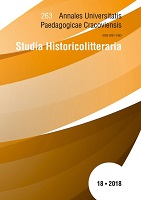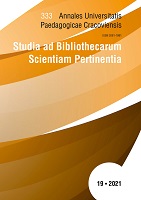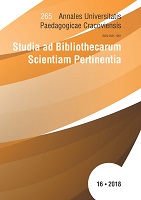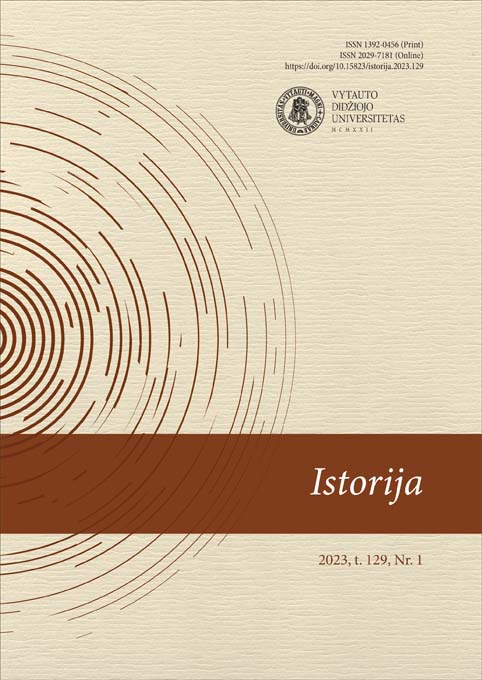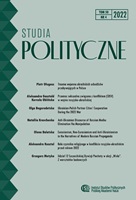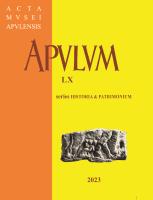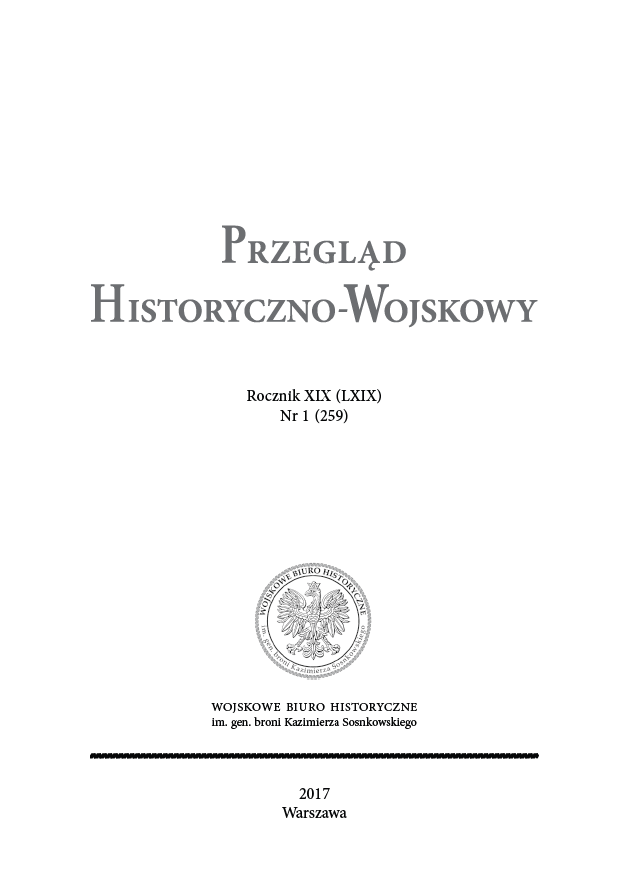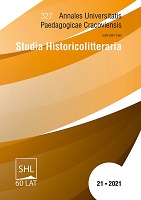
Brazylijski rejs „Lwowa” na łamach „Świata” i „Tygodnika Ilustrowanego”
The aim of this article is to compare the modelling of media and memoir coverage of the Brazilian voyage of the “Lviv” in 1923 in two popular illustrated cultural magazines of the interwar period: Świat and Tygodnik Ilustrowany. To reconstruct the forms the message, publications from the years 1922–1925 were traced, i.e., those printed before, during, and shortly after the voyage. Using the comparative method and editorial collation, B. Pawłowicz’s and T. Dębicki’s reports published in the magazines were compared with their first book editions. As a result of this contextual analysis, the author shows how the choice of the information strategy pursued by the periodical influenced the modelling of the travel message. This information strategy also determined the reduction of the components presented and led to the creation of two separate stories, bringing people closer to the reality of life in São Vicente, Portugal, or the Brazilian state.
More...
